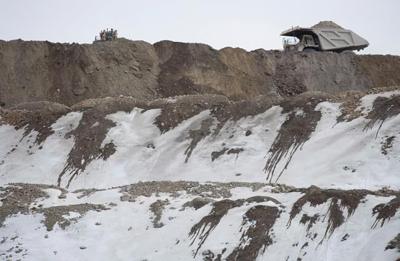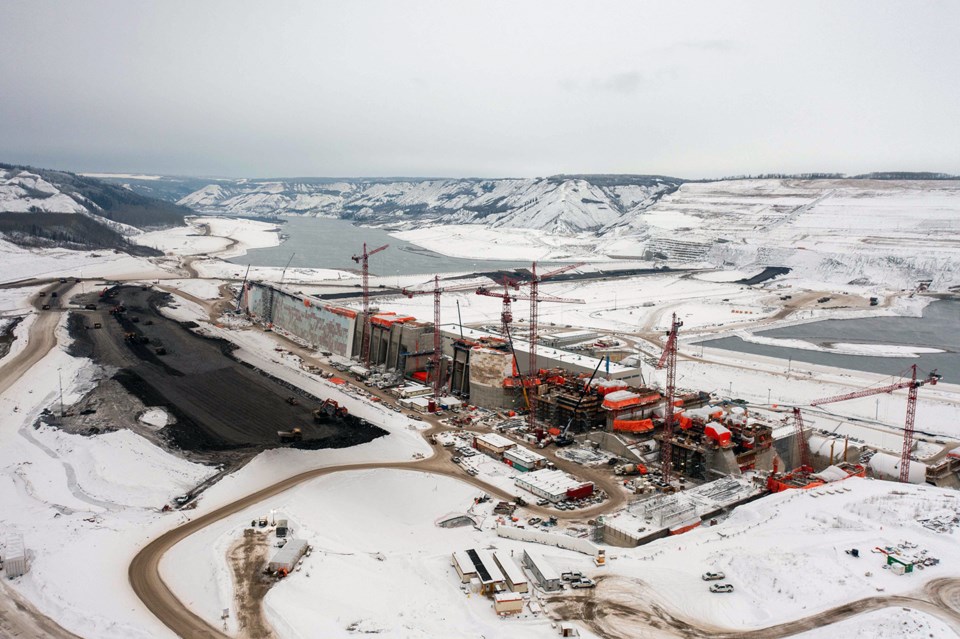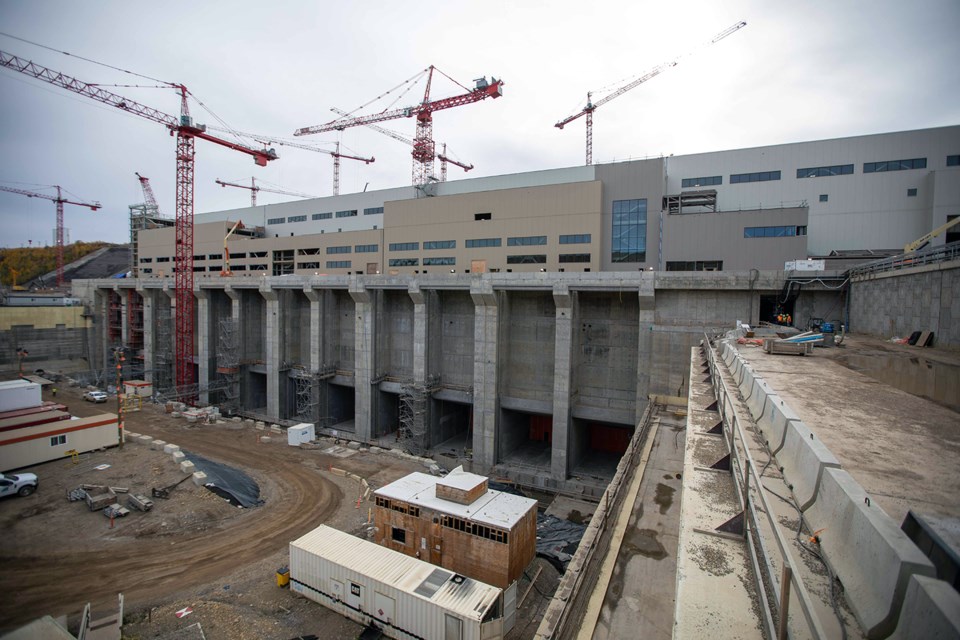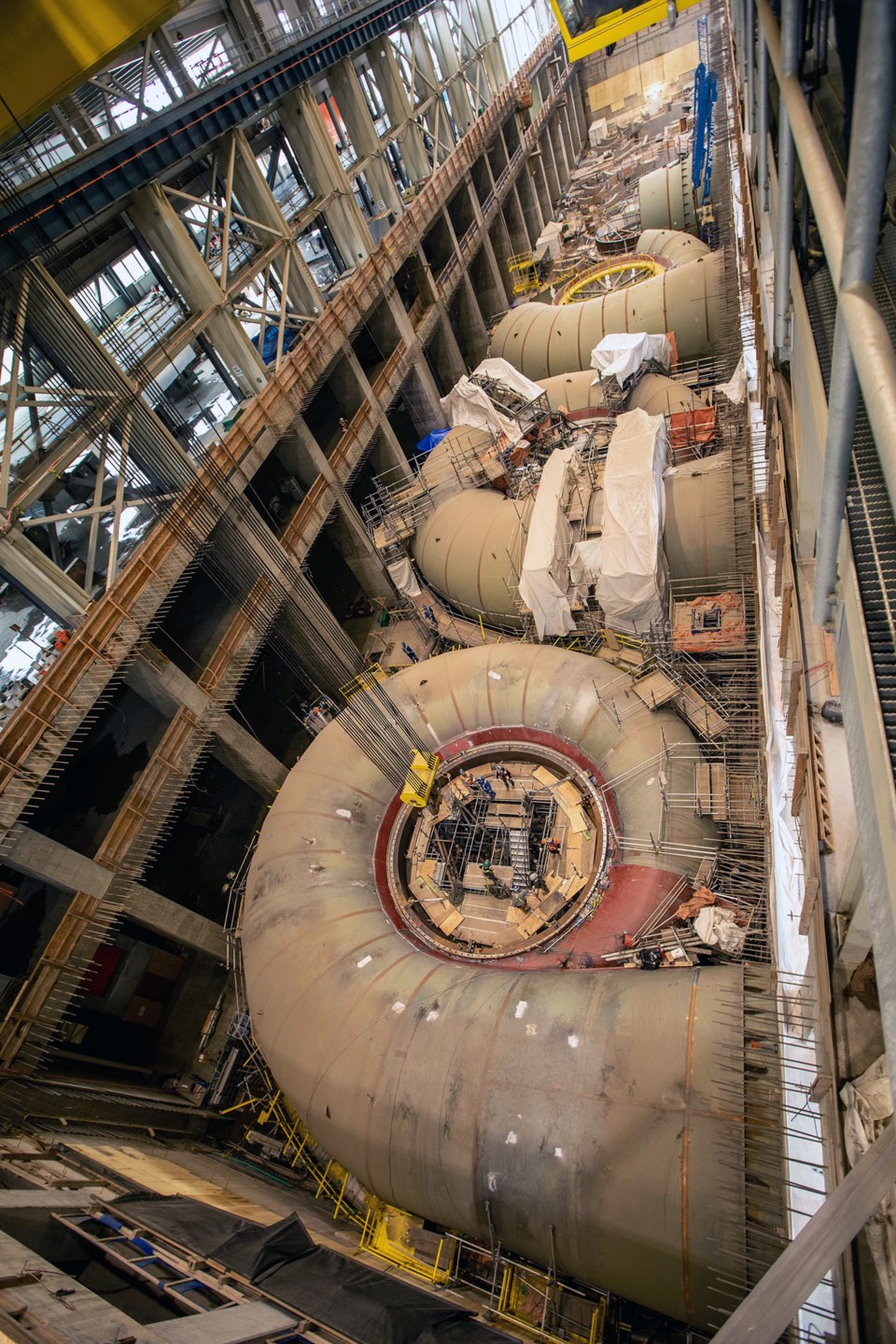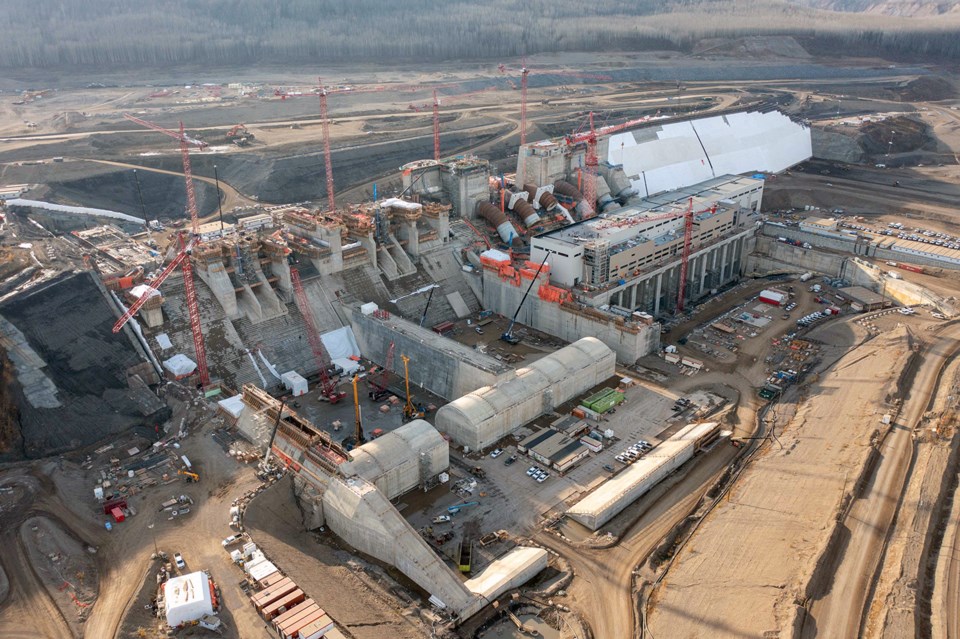PPE
Canada ends contract with Malaysia's Supermax over labour allegations(Reuters) - Canada has terminated its sourcing contract with Malaysian glove maker Supermax Corp following allegations about forced labour, the country's public services and procurement department said on Tuesday.
Malaysian factories making products ranging from medical gloves to palm oil have increasingly come under scrutiny over allegations they abuse foreign workers, who form a significant part of the manufacturing workforce.
Canada had paused imports of Supermax gloves in November, saying it would determine its next steps after receiving an audit report over the firm's labour practices.
"Based on the seriousness of the allegations and expected timelines for the final audit results, the Government of Canada has decided, and Supermax Healthcare Canada has agreed, to terminate by mutual consent the two existing contracts for the supply of nitrile gloves," the department told Reuters in an emailed statement on Tuesday.
Supermax did not immediately respond to a request for comment.
In November, Supermax said it will speed up a process it had begun in 2019 to meet labour standards set by the International Labour Organisation.
Canada's move to pause imports last year followed an import ban on Supermax by the U.S. Customs and Border Protection in October. U.S. Customs cited reasonable information that it said indicated the use of forced labour in the Malaysian firm's manufacturing operations.
Supermax has said it was in contact with the U.S. agency to obtain more clarity and that it had commissioned an independent consulting firm to conduct an audit into the status of foreign workers at its factories.
Earlier this month, Supermax said it had introduced a new foreign worker management policy and enhanced its current human resources policies in light of the labour allegations.
The growing number of allegations over the treatment of labour at Malaysian companies have started to hurt businesses.
In November, home appliances maker Dyson terminated a contract with its biggest parts supplier, Malaysian firm ATA IMS Bhd, over forced labour allegations.
ATA has acknowledged some violations, made some improvements and said it now complies with all regulations and standards.
(Reporting by A. Ananthalakshmi; Editing by Ed Davies)


